Fence Welding for Durability and Security

Spring offers moderate temperatures ideal for welding projects, reducing the risk of heat-related issues.
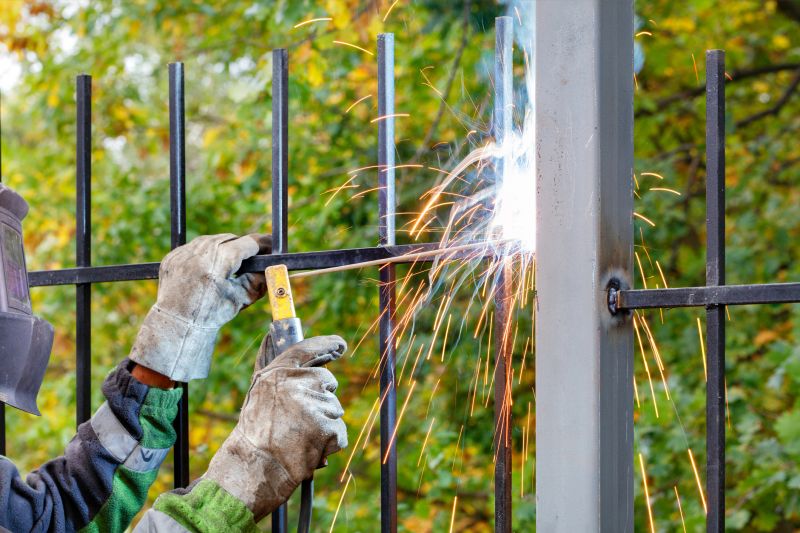
Late summer provides longer daylight hours and stable weather conditions suitable for fence weldings.
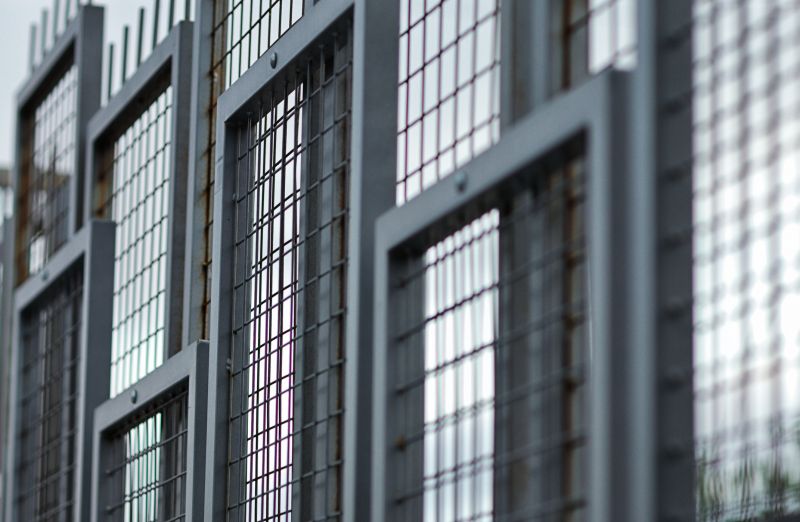
Fall's cooler temperatures and lower humidity levels create optimal conditions for welding work.

Winter may present challenges due to cold temperatures and moisture, but with proper precautions, welding can be performed.

Simple add-ons that improve Fence Weldings without blowing the budget.

High-end options that actually feel worth it for Fence Weldings.
Fence weldings involve joining metal components to create durable and secure fencing structures. Proper welding ensures the longevity and stability of fences used in various settings, including residential, commercial, and industrial applications. The quality of welds directly impacts the fence's resistance to environmental stress and physical force. Skilled welding techniques and appropriate timing are essential for achieving optimal results.
Statistics indicate that the majority of fence weldings are successfully completed during temperate months, reducing issues caused by extreme weather. In regions with seasonal variations, scheduling weldings during moderate weather windows can improve weld quality and reduce rework. Proper planning around weather conditions minimizes delays and enhances safety during the welding process.
Temperature, humidity, and precipitation significantly influence the welding process and outcome.
Ensuring materials are clean and dry before welding is crucial, especially in humid or cold conditions.
Welding equipment functions best within specific temperature ranges, impacting weld quality.
Optimal weather conditions contribute to safer welding environments and reduce hazards.
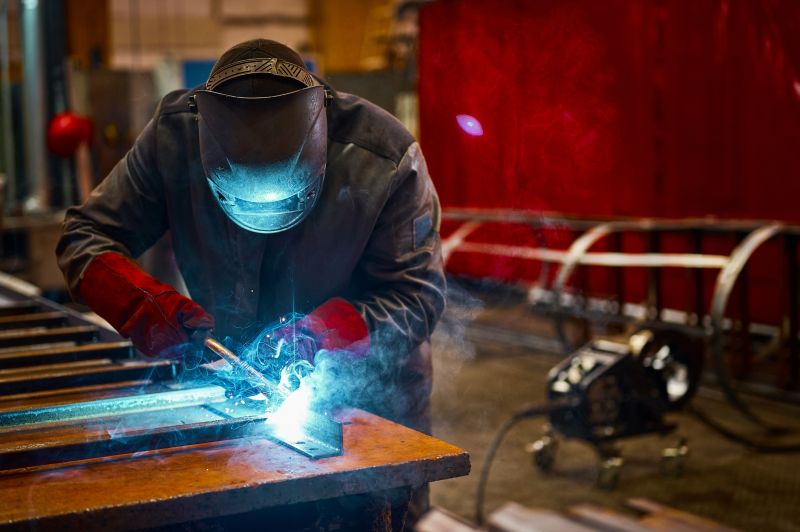
Spring's moderate climate supports high-quality welds with minimal weather disruptions.

Summer offers extended daylight, but precautions against heat and humidity are necessary.
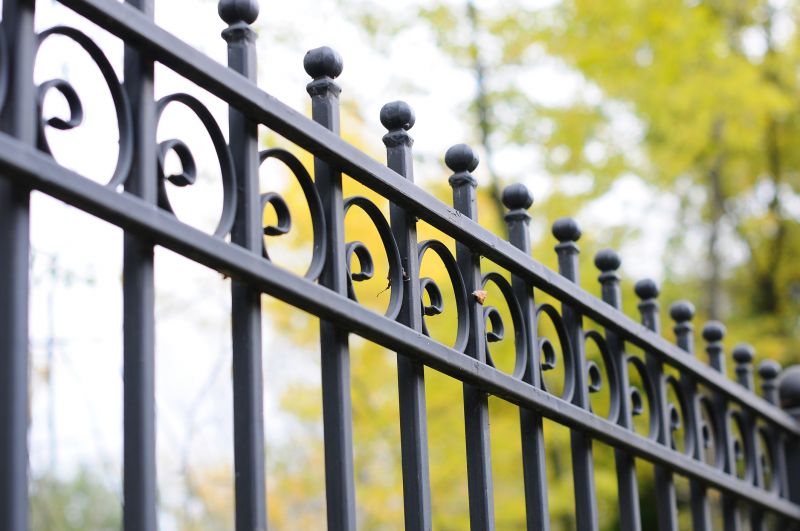
Fall's cooler and drier conditions are ideal for fence welding projects.

Winter requires additional measures to address cold temperatures and moisture.
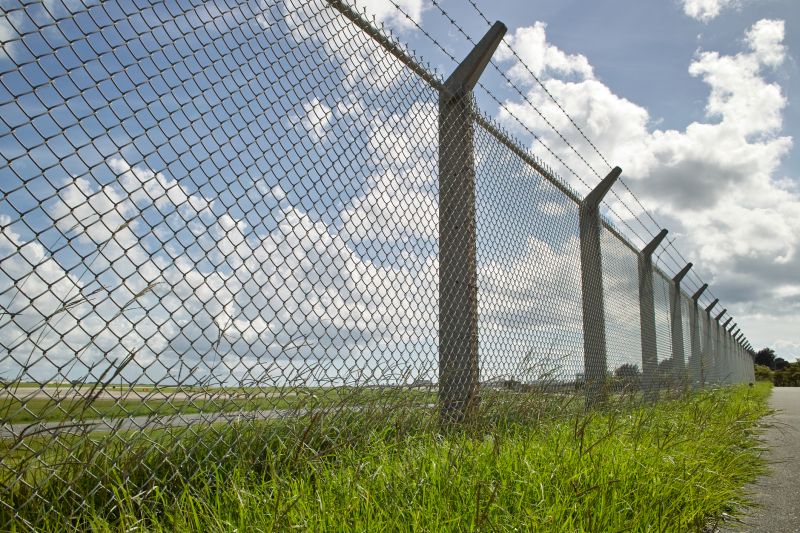
Using heaters or enclosures can mitigate cold weather effects during winter weldings.
| Weather Condition | Impact on Fence Weldings |
|---|---|
| High Temperature | Can cause overheating of equipment and materials, affecting weld quality. |
| High Humidity | Increases risk of corrosion and moisture-related defects. |
| Rain or Snow | Delays work and can compromise welds due to moisture. |
| Cold Temperatures | Reduce metal ductility, making welding more difficult. |
| Wind | Can lead to safety hazards and affect weld precision. |
| Stable Weather | Ideal for consistent, high-quality welds. |
| Rapid Weather Changes | Can cause scheduling disruptions and quality issues. |
| Overcast Days | Suitable for welding with less glare and heat stress. |
